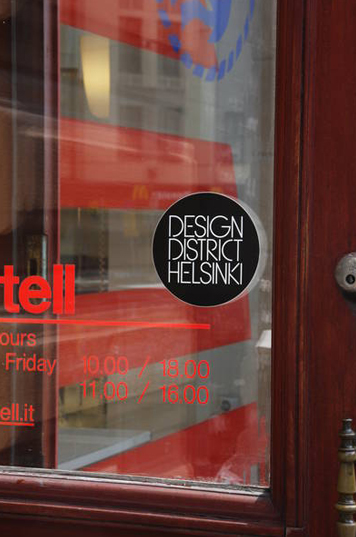
When it was announced in 2009 that Helsinki was a finalist in the third Design Capital of the World competition, the only surprise was that it hadn’t been selected to receive this distinction sooner. The honor, bestowed on a city committed to design as a tool for social, cultural and economic development and awarded every two years by the International Council of Societies of Industrial Design (ISCID), seemed to be a slam-dunk for design entrenched Finland. In a country long known for melding functionality with style, this year’s WDC theme, “Embedding Design in Life,” is a perfect fit. The locus of course is metropolitan Helsinki, inclusive of Lahti, a major center of industrial design and home to the impressive Sibelius Hall and also Espoo, a solid example of urban planning with the Aalto University. Kauniainen, a garden community and Vantaa, site of Finland’s design-forward airport, complete the equation forming the World Design Capital 2012.
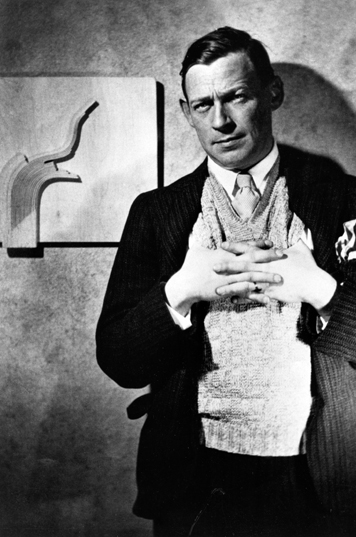
Finnish style influences are visible everywhere, from Nokia’s technological advances, to Alvar Aalto’s free-flowing vases and rounded-frame Paimio chairs sold through Artek, to the orange handled Fiskars scissors found in schoolrooms and kitchens. Additionally, brightly colored Marimekko prints have been part of the fashion ready to wear scene since the early 50s, continuing their retro-chic appeal thanks to “Sex and the City’s” Carrie Bradshaw.
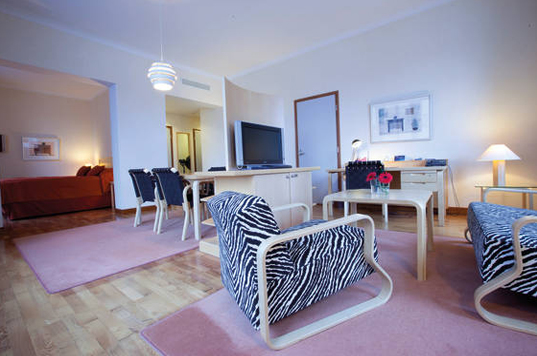
These legendary Finnish brands had earlier precedents stemming from the country’s desire to establish a distinct design presence away from the shadow of neighboring Sweden and Russia. Starting in the early 1900s, a spate of competitions added fuel to the creative spirit, leading to ongoing innovation and prowess in glass, wood, ceramics and metals. The country’s nascent style, National Romanticism, incorporated references to both nature and Finnish culture especially finding inspiration in the Finnish national epic, The Kalevala. This was evidenced initially with the Finnish National Theatre’s imposing castle-like structure followed by Eliel Saarinen’s monumental Helsinki Central Railway Station. Jugendstil, as the style was dubbed, was the precursor to the striking Modernism found today throughout Finland. While Helsinki is where most people get the whirlwind experience of architecture and design, other important cities on the design trail are: Tampere, where Lars Sonck’s Cathedral is another National Romantic style treasure and Espoo and Lahti, also rightly proud of their own buildings by Aalto and Saarinen.
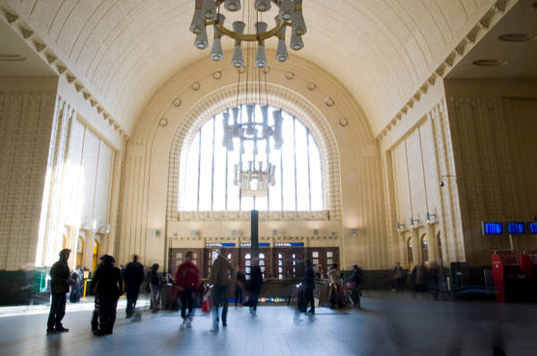
Photo by Meryl Pearlstein
Some might say that things really got interesting when Alvar Aalto’s Savoy vase, unveiled at the Finnish Pavilion which he designed for the 1937 Paris Exposition, brought attention to Finland as an up and coming glass and furniture force. Depicting the free-flowing shapes of the country’s many lakes, the Savoy vase today is an icon of modern design, produced and sold in a multitude of colors. Continuing the aesthetic was Kaj Franck, considered by many to be the godfather of Finnish design, who spurred the creation of Finnish Modernist style in the 1950’s by removing ornate embellishments and leaving only the essentials – flowing lines and color. Reflecting this movement, his designs in glass and ceramics, especially the Kilta tableware from Arabia and colored tumblers designed at Nuutajärvi, are mid-century modernist’s favorites. Finland’s reputation as a center for modern design was further cemented in the 50s and 60s with the increasing popularity of Iitala glass, Arabia ceramics and Aarikka wooden pieces. Furniture and home furnishings also took center stage, building on Alvar and (wife) Aino Aalto’s finesse at molding and laminating wood into stylish, body-conscious seating, still sold today through Artek, the company they founded.
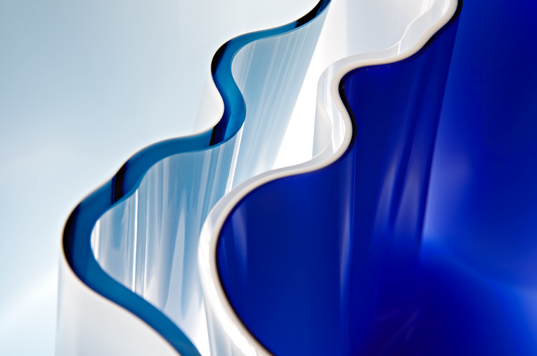
The reputation for innovative design begun by these legendary figures remains dynamic to the present with designers like Eero Aarnio (double bubble lamps, ball chair and bubble chair) and Harri Koskinen (block lamp), sculptors like Stefan Lindfors (New York City’s Gershwin Hotel), and glass experts like Markku Salo. They elevate the bar with unmatched creativity enlivened with whimsy and supplemented with practicality.
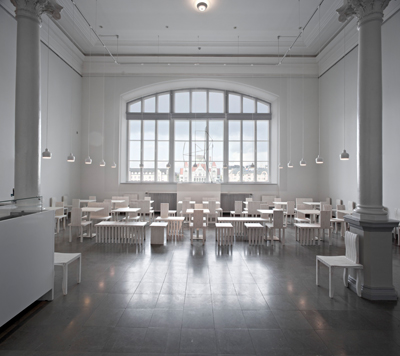
Here are some suggestions for appreciating the diversity of Finnish style:
DESIGN FOR LIVING
Finland’s architectural styles range from castle-like buildings romanticizing nature and Finnish heritage, to striking modernist structures devoid of heavy detailing.
Finnish National Theatre – One of the most important examples of Finnish National Romanticism, this 1902 building with granite facade and soapstone ornamentation helped establish a national architectural identity in the face of industrialism. It’s a great example of the country’s take on Art Nouveau style.
Helsinki Central Railway Station – Completed by Eliel Saarinen in 1909, the railway center continued the use of floral embellishments, geometric lines and themes from nature in a more abstract manner in Finland’s new romantic national style also known as Jugendstil.
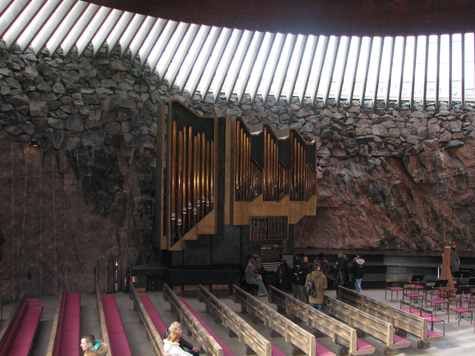
Photo by Meryl Pearlstein
Temppeliaukio Church – The Rock Church, a controversial design in 1969, has superlative acoustics, birch benches, a sculpture-worthy organ, and natural rock walls. Unassuming from the outside but dramatic inside, the church was designed by Timo and Tuomo Suomalainen and quarried out of granite bedrock.
Finlandia Talo – Aalto’s 1971 detail perfect space for concerts and meetings, continued Finland’s coming-of-age in architectural design and technology.
Design Museum Finland – Relocated to an 1894 neo-Gothic, former school building in 1978, the museum displays both historical and contemporary items of design significance from around the world. Look for the Smith Corona typewriter display, an interesting tribute to American design.
Kiasma – The home of contemporary arts in Helsinki since 1998, the building was designed by American, Steven Holl, as part of an international competition. Making up for this slap to Finnish pride, the contents and interior are overwhelmingly Finnish in style and arrangement.
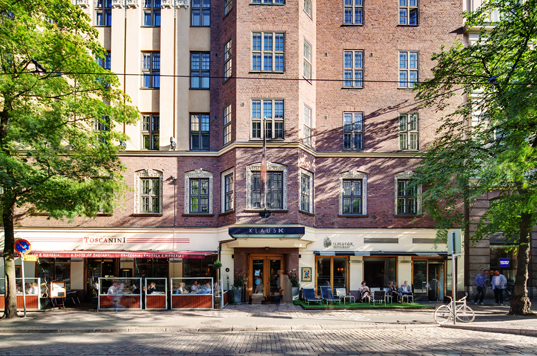
Klaus K Hotel – Style mavens should book a room at this design-centric hotel located in the middle of the Design District. The hotel beautifully and whimsically captures the themes of Finland’s national epic, The Kalevala, in the interior spaces with hints of mysticism, passion and desire, as well as contemporary invention.
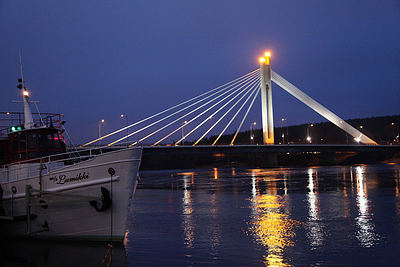
Lumberjack’s Candle Bridge, Jätkänkynttilä – The asymmetric, cable-stayed bridge in Rovaniemi perfectly embodies Finnish style and functionality. Built in 1989, the bridge was so-named because of the twin “candle” lighting placed on top of the pylon, a beacon in the wintry night.
DESIGN FOR USE
Finnish glass, ceramics and wood are intended to be used, not just displayed. Arabia ceramic plates create exciting table settings while still offering practicality. Iitala glass, designed by a long list of Finnish designers, is prized for its beauty as well as its uses. Decorative glass from artists such as Alvar Aalto, Tapio Wirkkala and Timo Sarpaneva, can be found in every home and are sold at dedicated factories and stores throughout the country as well as in the landmarked Stockmann department store, an architectural destination in its own right.
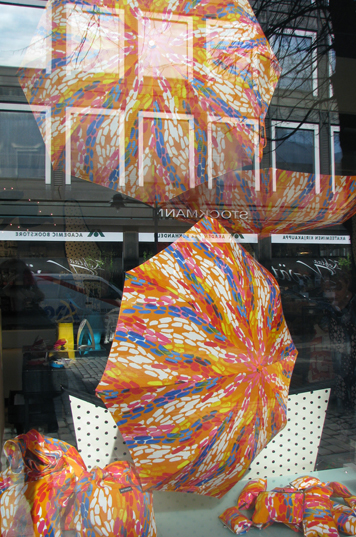
Add to this the vibrant patterns of Marimekko textiles, wondrous bedding at Finlayson and miles of design books at the Aalto designed Academic Bookstore in Helsinki, and you can understand why Finland is revered as the Mecca for forward thinking international design.
Where to See (and Buy) the Best of Finnish Design
Nuutajärvi Glass Village has Finland’s oldest glass blowing factory and an equally impressive glass museum. A visit to this 200 year old glassblowing community offers a glimpse into ongoing innovation in glass design as well as a chance to see the creation of such time-tested masterpieces as the Oiva Toikka Birds and Markku Salo Torso vases. The center remains important in worldwide glass creation, with visiting masters such as Dale Chihuly joining with Finnish artists to create dramatic works.
Design House Idoli in Inari (Lapland) has created a beautiful lakeside wilderness setting to enjoy glass, ceramics and other artwork and learn about how nature inspires Finnish design. The works of many artists are featured along with lamps, fireplaces and other home furnishings.
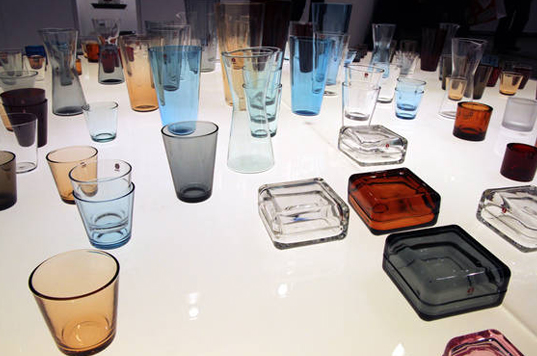
Iitala Glass Center, central to Finnish design since the 20s and 30s, is where to go watch the creation of the Aalto vase or the footed Ultima Thule bowls by Tapio Wirkkala. There’s also a museum about the history of Iitala glass where you’ll learn about Timo Sarpaneva, creator of the famous Iitala logo (two i’s in lower case to eliminate confusion with the letter L), and admire his art. The center is located an hour and a half outside of Helsinki, in Hämeenlinna.
If you’re more in the mood for ceramics and tableware, the Arabia Center in Helsinki will inspire you to replace your cups and dishes with the interesting porcelain patterns found here. There’s also an Iitala showroom if you don’t have time to go to the Glass Center itself.
The Alvar Aalto Museum in Jyväskylä is housed in an Aalto designed building of concrete, glass, wood and ceramics, a ramparts-like edifice protecting the collection of architecture and design related items. The museum shop sells beautiful Artek home furnishings and informative books on architecture and design.
For up and coming designers, Helsinki Design Center is the destination. Visit often as collections rotate frequently. In warmer months, a two-hour design walking tour is offered by Helsinki Experts.
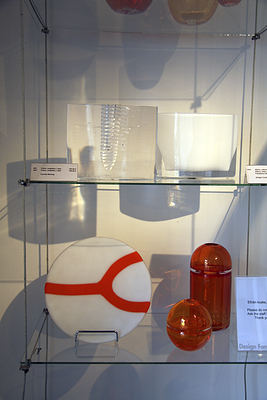
In addition to actively promoting exposure and development of design in Finland through numerous competitions and programs, Design Forum Finland mounts changing exhibits about developments in the design industry and functions as an information center for all design in Finland. There’s also a cool shop with new and classic Finnish items.
DESIGN TO WEAR
In Helsinki, you can certainly shop till you drop thanks to Design District Helsinki, a 25-street cluster of approximately 200 shops.
Here are some favorites:
Marimekko (literally meaning “Mary-dress”) has taken its inspiration for the past 60 years from Finland’s sun filled summer months with brightly colored flowers and patterns that adorn shower curtains, dresses, bedding, towels, fabrics, wallpaper and tote bags. Perpetually retro, Marimekko designs and fabrics are popular worldwide.
Annikki Karvinen, one of Finland’s most distinctive and established women’s clothing designers, selling striking, hand woven coats and jackets, many with bold color blocking. The flagship store of this couture line is in Helsinki.
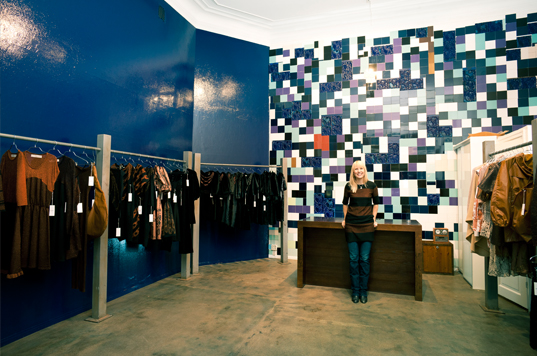
IVANAHelsinki, the creations of designer/filmmaker Paola Ivana Suhonen, mix inspirations from both past and present. IVANAHelsinki is the only Scandinavian line of clothing invited to participate in Paris’s Couture Week and offers a changing collection of comfortable, stylish knitwear and other ready-to-wear. The designer’s first concept store outside of Finland is now open in New York City.
Vintage Clothing – Secondhand clothing and accessories from Finnish designers of the 70s and earlier are sold in numerous boutiques in the Helsinki Design District. Take a look at Ansa for fun jewelry finds, Penny Lane for vintage ball gowns and formal dresses or the daddy of them all, Play it Again Sam, for both women’s and men’s fashions dating from the nineteenth century.
Designers on the Rise – With increasing attention being paid to the lines and color combinations of Finnish textiles and styling, designers are beginning to export and establish shops outside of Finland. Watch for Minna Parikka, who designs gorgeous shoes for Lady Gaga; Tiia Vanhatapio, recognized for her seductive cocktail dresses; and Samuji, formerly with Marimekko, now on his own.
Aarikka jewelry combines wood with silvery metals, using a colored dying method to create beautiful designs from Finnish materials. Founded 60 years ago by textile designer Kaija Aarikka, the company is beloved throughout the country for its affordable, accessible items.
Kalevala Koru incorporates designs from Finnish folklore and artifacts into its gold, silver and bronze jewelry. Using spectrolite, a stone particular to Finland, artists create pieces enhanced by the stone’s luster.
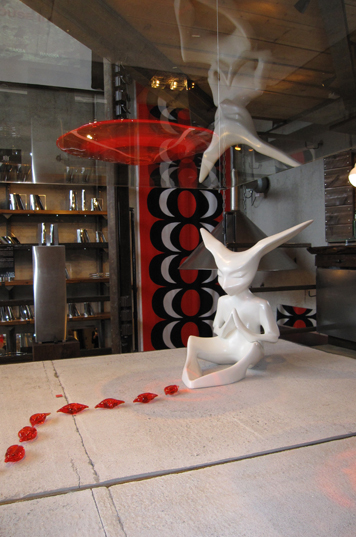
Photo by Meryl Pearlstein
When to Visit:
If you’re serious about getting more familiar with Finnish design, plan a visit to coincide with Helsinki Design Week, scheduled each year in September (this year from the Sept 6-16). The event, which encompasses design, architecture and fashion, is in full tilt this year in conjunction with the World Design Capital status. www.wdchelsinki2012.fi
www.helsinkidesignweek.com
FINLAND’S GREAT DESIGN THAT’S FIT TO FIND:
Finnish National Theatre – Läntinen Teatterikuja 1. 10 733 11. http://www.kansallisteatteri.fi/
Helsinki Central Railway Station – Asema-aukio, Kaivokatu, Helsinki. www.vr.fi
Temppeliaukio Church – Lutherinkatu 3. 9 2340 6320. www.helsinginseurakuntayhtyma.fi
Finlandia Talo – Mannerheimintie 13 e. 9 40241. www.finlandiatalo.fi
Design Museum Finland – Korkeavuorenkatu 23 . (09) 622 0540 . www.designmuseum.fi
Kiasma – Mannerheiminaukio 2 . 9 1733 6501 . www.kiasma.fi
Klaus K Hotel – Bulevardi 2-4 . 20 770 4700. www.klauskhotel.com/en
Lumberjack’s Candle Bridge, Jätkänkynttilä – Rovaniemi, Finland
Nuutajärvi Glass Village – 204 39 3527 . www.finnishdesign.com/museums-and-factories/nuutajaervi-glass-village
Design House Idoli – Ukonjärvi 99800 Ivalo 40 0197 181 / 40 5692 011. www.idoli.fi
Iittala Glass Center – located in Kalvola, 20 kilometres north of Hämeenlinna. 204 39 5383. www.finnishdesign.com/museums-and-factories/iittala-glass-museum
Arabia Center – Pohjoisesplanadi 25 . 204 39 3501 . www.arabia.fi/web/Arabiawww.nsf/fi/etusivu
Alvar Aalto Museum – Alvar Aallon katu 7. 14 2667113. www.alvaraalto.fi/aaltomuseum.htm
Design Forum Finland – Erottajankatu 7. 9 6220 8130. www.designforum.fi
Marimekko – Pohjoisesplandi 31. 9 686 0240. www.marimekko.fi
Annikki Karvinen – Pohjoisesplanadi 23. 10-2293317. www.annikkikarvinen.com
IVANAHelsinki – Uudenmaankatu 15. 50 505 1624. www.ivanahelsinki.com
Ansa – http://vintageansa.blogspot.com
Penny Lane- Runeberginkatu 37. 09-499412. www.pennylane.fi
Play it Again Sam- Rauhankatu 2. 9 628 877.
Minna Parikka- Bulevardi 24. 9 667 554. www.minnaparikka.com
Tiia Vanhatapio- Unioninkatu 27 B. 9 757 02 63. www.vanhatapio.fi
Samuji- Pohjoisesplanadi 37. 40 140 32 80. www.samuji.com
Aarikka Jewelry- www.finnstyle.com
Kalevala Koru- Kalevala Koru Oy, Strömbergintie 4. 207 611 248. www.kalevalakoru.com
*TravelSquire’s Picks of the Best New Design in Helsinki:
Nounou – This renowned glassmaker’s showroom has its home in Helsinki’s Design District, where visitors can ogle a wide range of unique interpretations in glass produced in the Nuutajarvi Glass Village. Striking black and white vessels remain the most distinguished of the collection, but since the brand’s founding in 2003, Nounou has incorporated textiles, wood, and metal in an eye catching variety of colorful patterns.
http://www.nounoudesign.fi/
My O My – Step out into the courtyard from the Design Forum shop and you’ll find this surprise concept store selling cutting edge designer collections. This award-winning shop now has three Design District locations: the women’s collection at Aleksi, men’s at Erottaja and the design store inside the Laboratory gallery. Expect to see handpicked selections from brands like See by Chloé, Vivienne Westwood, Neil Barrett and Helmut Lang.
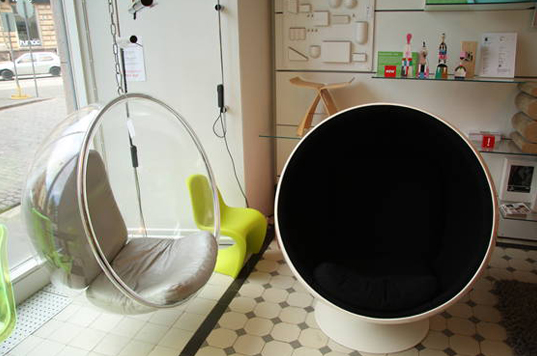
http://www.myomy.fi/
AERO Design Furniture – AERO’s wide selection of furniture includes the works of contemporary as well as legendary designers. You’ll find Alvar Aalto’s celebrated Artek brand alongside the works of newer names, ranging from larger furniture pieces to lighting, rugs, and fabrics.
http://www.aerodesignfurniture.fi/en/index.php
Helsinki10 – Walk through a tiny alcove where you’ll be greeted by a towering barren tree decorated with hanging paper birds- you’ve just found Helsinki10, otherwise known as the place where the best design, fashion, art and music of the city converge. Named after its postcode, Helsinki10 is commonly cited as the most extensive and popular concept store in town. Here, the cutting edge meets the secondhand- there’s a color-coded selection of vintage clothing in the back. You’ll also find a lobby café, a music section, a collection of home items, and of course an endless supply of fashion from worldwide brands like Topshop as well as local Finnish designers.
http://www.helsinki10.fi/
LORUKORU – This jewelry brand’s flagship store features a collection of sterling silver, high-quality gems and pearls designed to evoke playfulness and elegance. LORUKORU’s jewelry has been featured in magazines worldwide. Selections include charm bracelets and a variety of silver pendants that are striking in their simplicity.
http://www.lorukoru.fi/index.html
The country code for Finland is 358.
Where to Sleep:
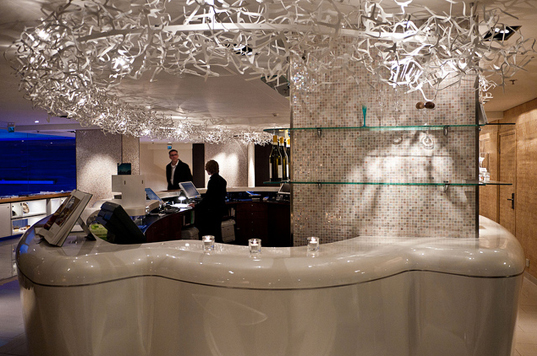
Klaus K Hotel- Finland’s first design hotel. Creating unforgettable experiences: ll Matar and Toscanini restaurants and the Ahjo Bar & Club. Bulevarden 2, Helsinki; 358 (0)20 770 4700; www.klauskhotel.com
Hotel Seurahuone- This hotel hosted the first Finnish-composed opera performance in 1852 before the building was acquired by the government and converted into City Hall. The marble staircase leads up to 118 luxurious rooms. Kaivokatu12, Helsinki; 358 (0)9 69 141; www.hotelliseurahuone.fi
Sokos Hotel Albert- A relaxed and cozy hotel in the Punavuori district, the bohemian heart of art and design. Albertinkatu 30, Helsinki; 358 (0)20 123 4638; www.sokoshotels.fi
Sokos Hotel Aleksanteri- The interior design reflects the Neo-Renaissance and the Neo-Classical style of the 1920’s. Albertinkatu 34, Helsinki; 358 (0)20 123 4643; www.sokoshotels.fi
Where to Eat:
La Table- The chef’s collection of vintage design and international cuisine. Lonnrotinkatu 27, Helsinki; 358 (0)9 673 236; www.latable.fi
We Got Beef- Hull-shaped wood veneer bar sits underneath spun copper lightshades. This place is laid back during the day. Order the gin and grapefruit soda or the fiery Fisu. Iso Roobertinkatu 21, Helsinki; 358 (0)9 679 280; www.wegotbeef.fi
Demo- Only 45 chairs so book ahead. The chefs use local meats and seasonal ingredients in their modern European dishes. Opt for the four-course set menu and the desserts are divine. Uudenmaankatu 9-11, Helsinki; 358 (0)9 2289 0840; www.restaurantdemo.fi

